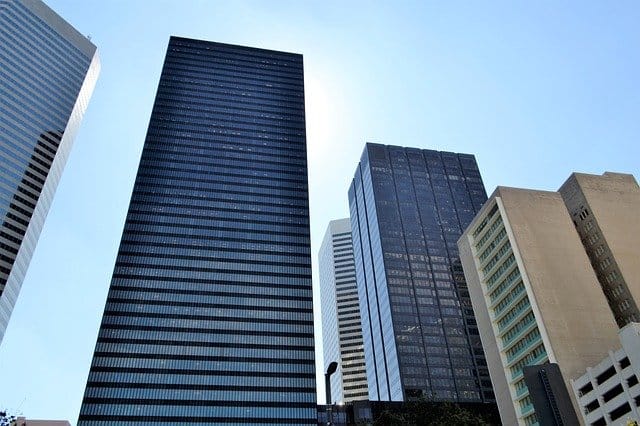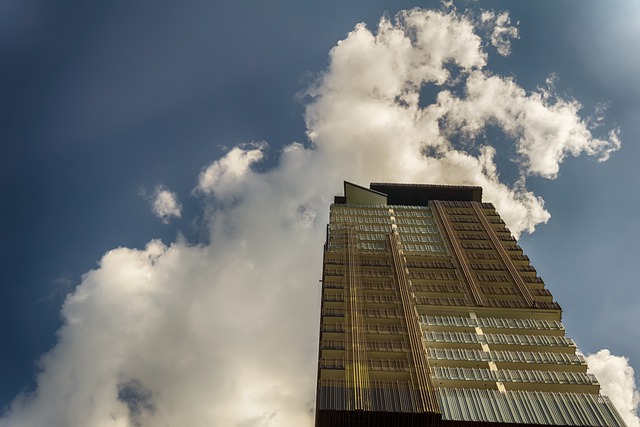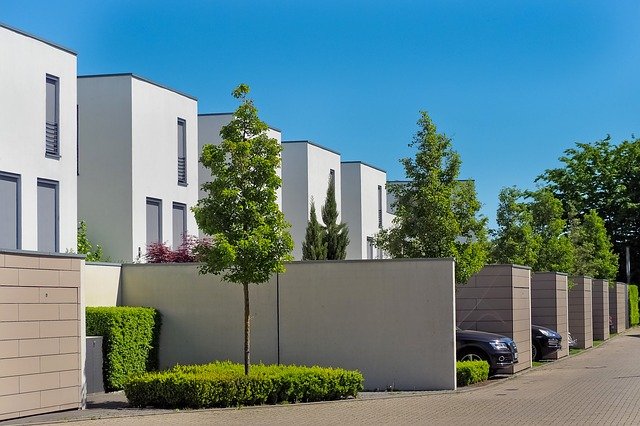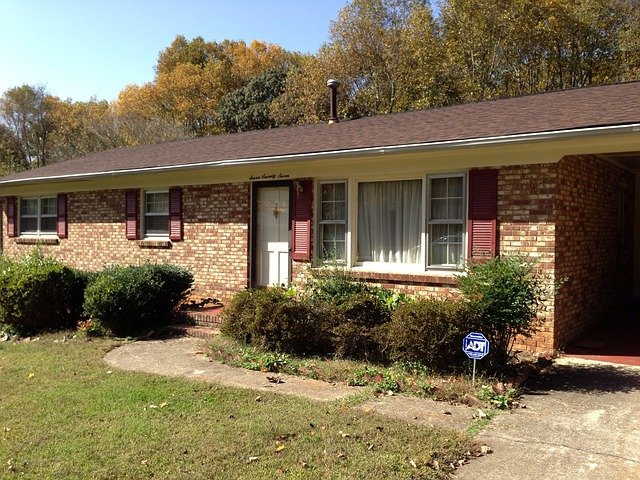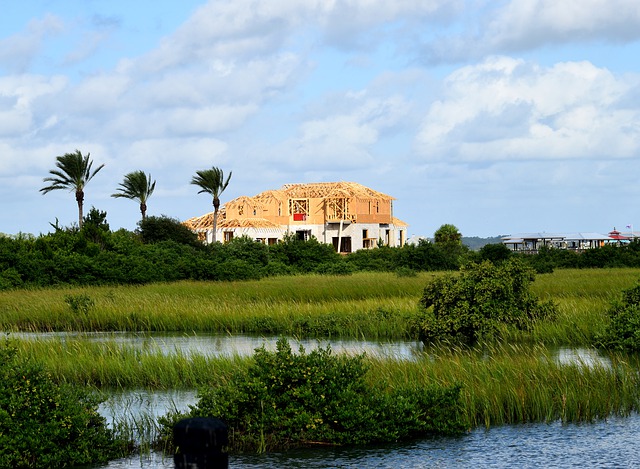Various central government and state government initiatives during COVID time have helped the real estate industry remain buoyant through 2020 in India. While the rush to procure realty is likely to remain flat in the second, third and fourth quarters of 2021, the overall picture is quite promising with large MNCs looking to put in their monies in the country giving a huge boost to commercial real estate.
As for home investments, the real estate developers need to change their strategies to suit the changing demands of buyers and make the most of the current economic situation. Astro strategist Hirav Shah says it is just the right time to invest in Indian realty
The pandemic affected the real estate market adversely and it grappled with various issues in 2020. However, quick and timely intervention by the central government and state governments has helped the sector recover partially.
In 2021, not all is hunky dory in the real estate world, though there is a ray of hope thanks to reduction in stamp duty, lower mortgage rates and low interest rates. But most real estate analysts are waiting to see how the situation will develop in 2021 as investors wonder how to invest in real estate in India. The ‘reboot button’ has already been pressed and many new trends have emerged with many businesses undergoing major transformations.
Table of Contents
Investing in real estate in India
Commercial investments
The office sector witnessed an intake of 29 million sq ft in top five metros in 2020. However, in 2021, the office absorption is expected to be 40.0 million sq ft, which is close to 2019 figures. So, there is not much cause for concern there. Mumbai and NCR are on par with figures of 2019, while Bangalore and Hyderabad are expected to have 60% share in overall absorption. And analysts say that 2021 will see a rise in co-working spaces as an alternative means to working from home. These will sprout in areas closer to residential areas as the employees would want to avoid the stress and effort to travel to office districts.
Top IT companies will play with the idea of having their employees work from home or a combination of office and WFH for a majority of their employees, at least till the first quarter of 2022.
The growth in commercial property investment in India is likely to resume once the GDP of the country is on a positive scale. Also most firms will look at new spaces that align with their WFH strategy. Satellite offices outside central business districts will draw more attention in the upcoming months. The developers are bound to be cautious as the demand for build-to-suit properties will rise. It won’t come as a surprise if large office developers monetize office assets to reduce debt and generate liquidity.
Meanwhile, thanks to proposals in the union budget for fiscal year 2021-22, the investors are now eyeing to make investments in commercial properties. Some leading commercial hubs highly suited for investments in India are listed below:
Bangalore
According to property analysts, Bangalore has contributed about 9 mn sq ft per-commitment for the year 2021-22. The city also managed to remain on top thanks to MNC giants like Amazon (2.5 mn sq ft), Apple (2 lakh sq ft), Siemens Technology and Services (7.2 lakh sq ft), Accenture (800,000 sq ft) and Google (1.3 mn sq ft) leasing properties. Leasing was also seen by IT/ ITes, manufacturing sectors along with the e-commerce sector. Bangalore is set to witness an increase of 1 mn sq ft during the next quarter, of which 70% is per-committed.
The city has also seen a recent land deal by Godrej Fund Management and firms like Blackstone, Brook-field and Embassy REIT have been scouting for properties in the city.
Mumbai
Various factors such as cheap labour, discounted prices and welcoming regulatory regime has led to MNCs eyeing India as a viable destination to put their money in. And Mumbai has a good mix of commercial real estate that includes IT parks, office spaces, data centres, warehousing and logistics parks. This is bound to drive investor interest in the long run. The sale volumes are 30% higher than pre-COVID times and this is a strong indication that the financial capital of India, Mumbai, remains a good investment option when one looks at investing for long-term results.
Ahmedabad
Ahmedabad stands to gain from the initiative taken up by the union government to push urban development to far corners of India through Smart City Mission. Growth of industries in information technology (IT) and information technology enabled services (ITeS) has resulted in robust realty development in the city of Ahmedabad.
Added to this, increased connectivity through rail and air, affordable properties, growth potential of towns, high returns on rentals have given a positive thrust to real estate in Ahmedabad. All these factors combined have led investors to pump in their money into the commercial segment here.
Hyderabad
Hyderabad is one of the fastest growing mega-cities and offers the highest ROI when it comes to the real estate sector. The city offers total value for its investors and this has put the city on the global map making it attractive for global giants. Commercial investors have seen huge returns and asset appreciation, which has led to Hyderabad being much sought after. It’s location, cosmopolitan culture, state of art infrastructure, domestic and international connectivity, strong local government draw realtors, builders, infrastructure companies and global MNCs to the city.
Delhi-NCR
In what has come as a major boost to the commercial real estate sector, the Delhi government has slashed the circle rates for residential, commercial and industrial properties in Delhi by 20% flat until September 30, 2021.
As a consequence, there is an increasing demand for office spaces with large corporate acquiring bulk office spaces at highly discounted prices. Also, major MNCs are eyeing Delhi-NCR for setting up of data centres and around 10 million sq ft is likely to be occupied by data centres in the next one to one and half years.
Delhi also tops the list when it comes to demand with regards to logistics parks, warehousing, retail shops, showrooms and malls. Warehousing and logistics parks are likely to be in demand for the next 36 months. Some developers in the warehousing segment are also offering pre-leased deals for investors to earn ROI of about 8-10% per annum.
In all, the Prime Minister’s call for Atma nirbhar Bharat or self-reliant India is a huge boost for the real estate industry as it will now get support at the policy level. Also, increase in foreign direct investment or FDI will further push growth in the sector. Going forward in 2021, one can also expect to see a flow of investment as liquidity by global central banks will impact interest rates and real estate returns in India will be higher.
In all, the realty sector is likely to witness an influx of $6 billion in 2021, registering a 30% year-on-year growth.
In brief, as the economy recovers and development measures get underway, the real estate prices in the country will stabilise, though there will be upward swing in demand in certain pockets across the country.
Home investments
In a major trend of sorts, the residential sector in India witnessed robust growth just like in various cities around the world. The growth that began in the post-unlock period is likely to continue through 2021. In fact, the rebound came as a surprise for developers, investors and stakeholders of the sector. Incidentally, the sales in Q3 were up by 85% in comparison to Q2 in 2020. The search activity for residential properties rose sharply and even surpassed the pre-COVID times. However, when it came to actual conversions, Kolkata saw maximum sales at 68%. This was followed by Ahmadabad at 64% and Bangalore at 60%.
Goes without saying that new project launches were affected and dropped by almost 68%. However, demand was seen all around and even the luxury segment did well in 2020 and continues to do so in 2021. Several factors pushed this growth and early turnaround.
For starters, there was pent-up demand. Secondly, most buyers felt that WFH is here to stay and hence wanted to invest in bigger and more spacious properties. The consumer behaviour has definitely changed and there is demand for spaces based on hygiene, safety measures and captive amenities. Then of course, the low interest rates which have been at an all-time low. This helped new buyers pay interest rates instead of shelling out on rents, which was not possible till 2019.
Then a huge impact was made by state governments cutting down on stamp duty and registration charges. The builders too did their bit to get rid of unsold inventory by making ‘lump sum’ offers to buyers, which was lapped up quite well. Added to this, various other amenities were thrown in much to the delight of home investors.
It has also been observed that those searching for properties during this time had gone up from 60% to 80%. One thing is for sure though. The pandemic has surely made many potential buyers consider owning a place of their own.
It is now up to real estate developers to make the most of tech adoption, sustained policy impetus and accelerated investor interest through 2021. Of course, there is also the problem of stalled projects. But a change here can be brought about by consolidated efforts of various industry players. On the whole, analysts feel that the realty sector will remain robust and will emerge resilient in future.
Top developers in the country feel that various measures such as capital injection, refinancing of banking institutions, policy impetus, subsidies, tax benefits and offers are required to see faster recovery in the real estate sector. However, they are clear that panic buying seen in the last two quarters of 2020 and the first quarter of 2021 will slowdown in the remaining quarters of 2021.
Going forward, analysts see an increase in demand for rental housing and shared accommodation. Also, where there is growth in residential properties, one is likely to witness growth in commercial real estate. For example, in Indore which is seeing fast growth in residential segment is also seeing growth in retail segment.
Finally, it has to be understood that growth of industrial or commercial real estate in tandem with residential realty is likely to stimulate development in housing, education and hospitality segments.
Best places for home investments in India
With the central government’s Smart City 2.0 mission on the anvil, the future looks pretty promising for realty across India. Infrastructure projects such as Bharatmala and Sagarmala which are supposed to boost logistics, highways and road connectivity are focused at developing economic corridors around the country. Also, development of 100 new airports under the UDAN system will positively impact the real estate market in various pockets of the country.
Apart from major metros, cities such as Kochi, Agra, Kota, Nagpur, Pune, Indore, Vizag and other coastal cities will be the best places to invest in real estate in India, in months to come. Air connectivity will boost development in the north-east too, as per realty analysts. Then there are cities like Patna, Bhubaneshwar, Vijayawada that will emerge as potential markets, along with places like Srinagar and Jammu. Thanks to the international airport at Jewar, cities like Shimla and Dehradun will attract investments, as will Indore which is a commercial and educational hub for Madhya Pradesh. Jaipur which is home to several manufacturing units will also see rapid expansion in this period.
Kota will see a surge in the student housing segment. Surat, Rajkot, Ahmedabad, Nashik, Raipur, Shillong, Mysore and Coimbatore are amongst cities that are lucrative for home buyers and investors.



